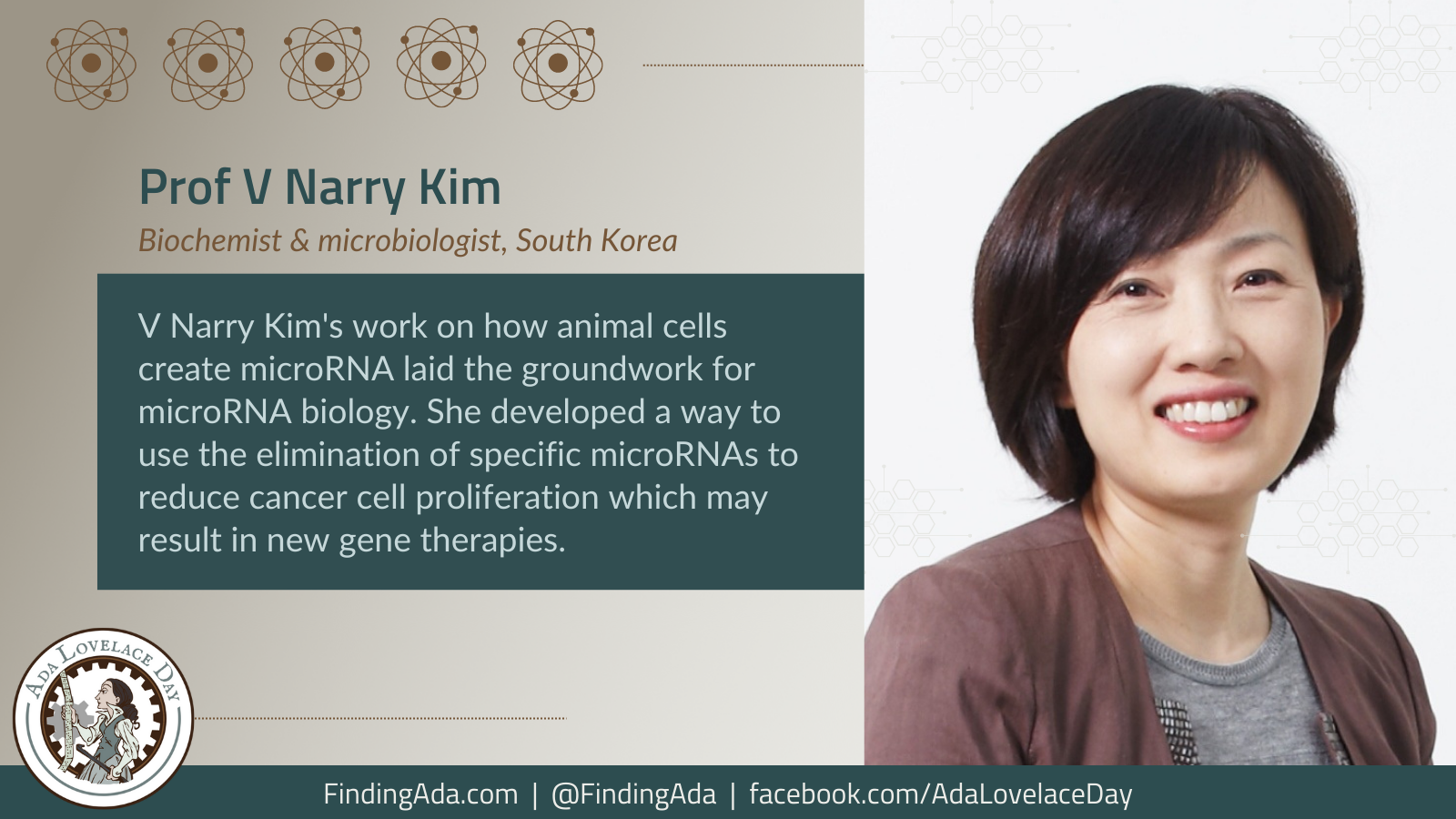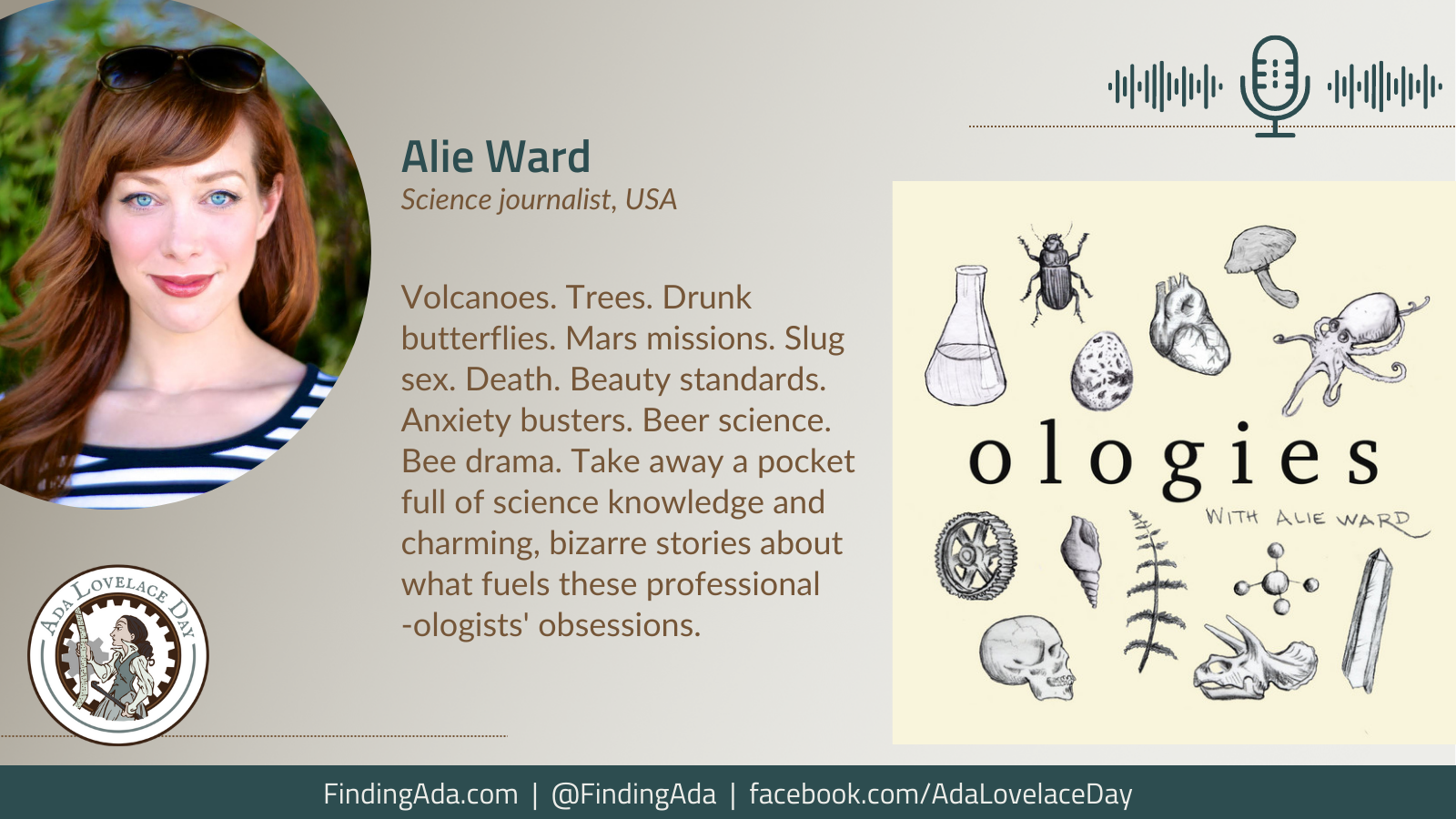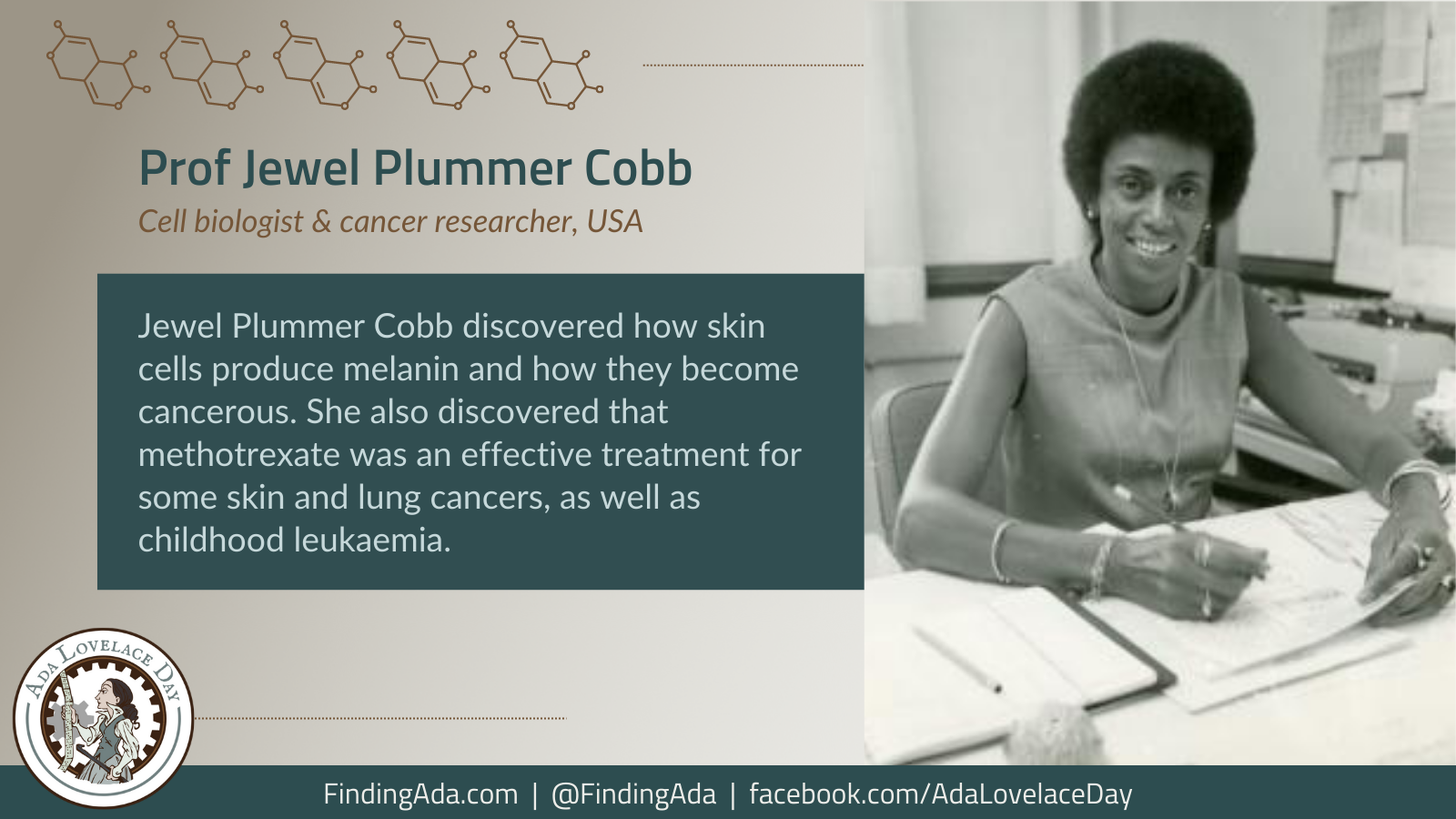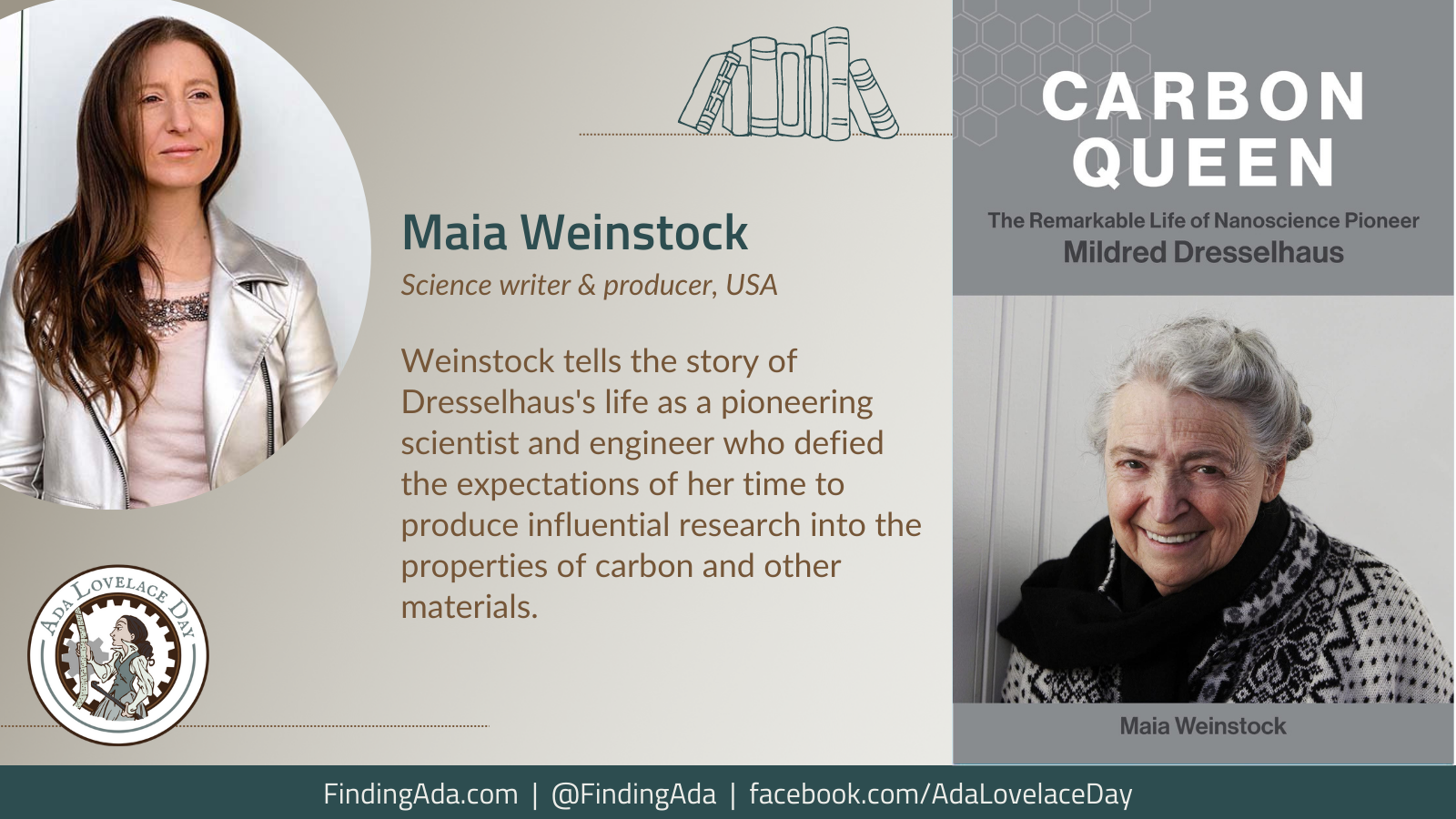
Professor V Narry Kim
V Narry Kim, born in South Korea in 1969, is a biochemist and microbiologist at Seoul National University (SNU) working primarily with microRNA biogenesis.
She first became interested in science as a high school student and, in an interview, said she chose it as a lifelong career because of her fascination with “the simplicity of the principles underlying the complexity of life”. She completed an undergraduate degree in microbiology and a master’s degree in microbiology at SNU. She then graduated from the University of Oxford with a PhD in biochemistry on retroviral proteins.
After her PhD, Kim took a research assistant position at the Howard Hughes Medical Institute at the University of Pennsylvania studying messenger RNA surveillance, the mechanism by which cells double-check the quality of their messenger RNA molecules. On completing her postdoctoral research, she returned to SNU in 2001 where she started working as a research assistant professor, eventually becoming a distinguished professor.
Kim founded the Centre for RNA Research at the Institute for Basic Science (IBS), where her research focuses on RNA-mediated gene regulation. Her lab has made significant contributions to the understanding of how microRNAs – small single-stranded non-coding RNA molecules that play a key part in regulating gene expression – are created and processed in animal cells. She and her colleagues developed a new technology to eliminate specific microRNAs which when applied to cancer cells led to a drop in their proliferation rate. This may result in new gene therapies.
Kim has received several awards including the L’Oreal-UNESCO Award for Women in Science, Ho-Am Prize in Medicine, Korean S&T Award, and was named Woman Scientist of the Year by South Korea’s Ministry of Science and Technology. She also has several patents for her work, such as an HIV-based gene delivery vector. She was elected a foreign member of the Royal Society in 2021.
Further Reading
- V. Narry Kim, Wikipedia
- Narry Kim Lab | RNA biology, NarryKim.org
- Kim, V. Narry, Biological Science, Seoul National University
- V. Narry Kim: Embracing the Challenge of Science, Quest, 2005
- SNU Professor Wins LOreal-UNESCO Award, Korea Times, 12 December 2007
- More prizewinners of 2008, Ashley Yeager, Nature, 17 December 2008
- 17 Women in STEAM from Around the World to Inspire You on International Women’s Day 2017, Rachel Murray, She Geeks Out, 8 March 2017
- The History and Challenges of Women in Genetics: A Focus on Non-Western Women, Hadeel Elbardisy and Malak Abedalthagafi, Frontiers in Genetics, 2021
- V. Narry Kim, Royal Society, 2021



